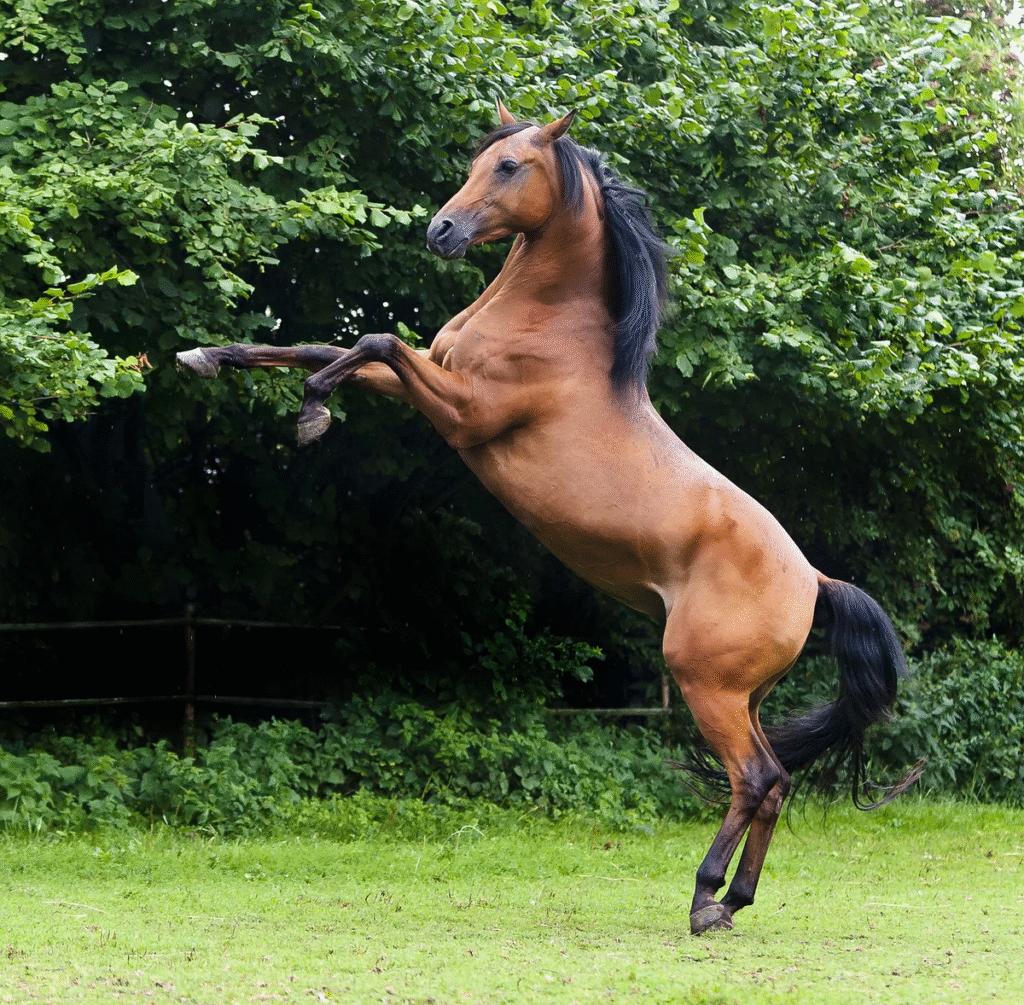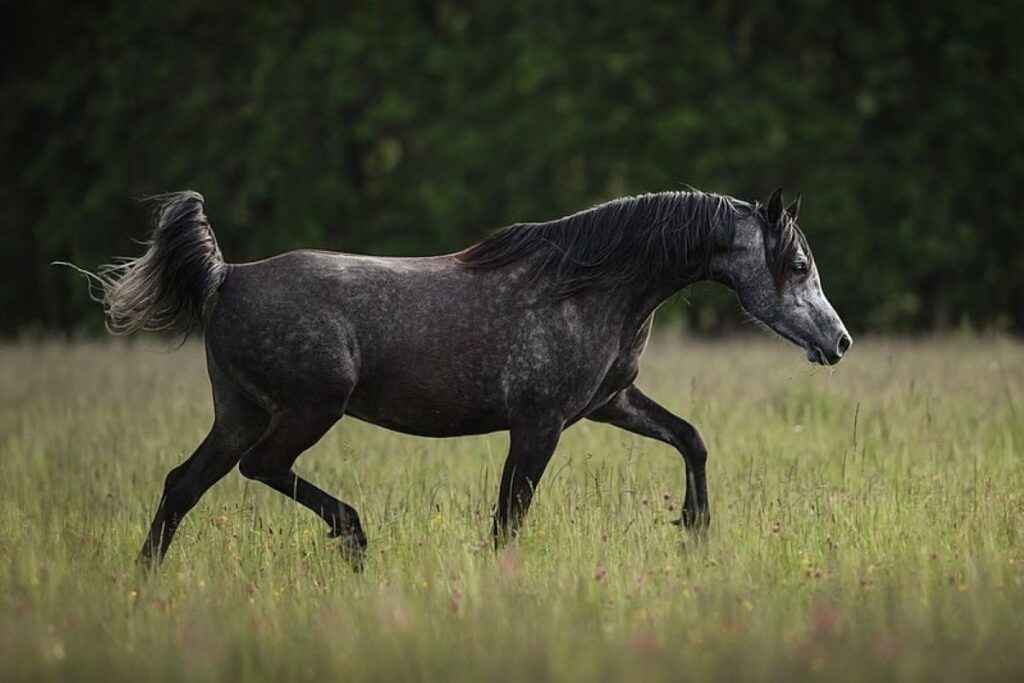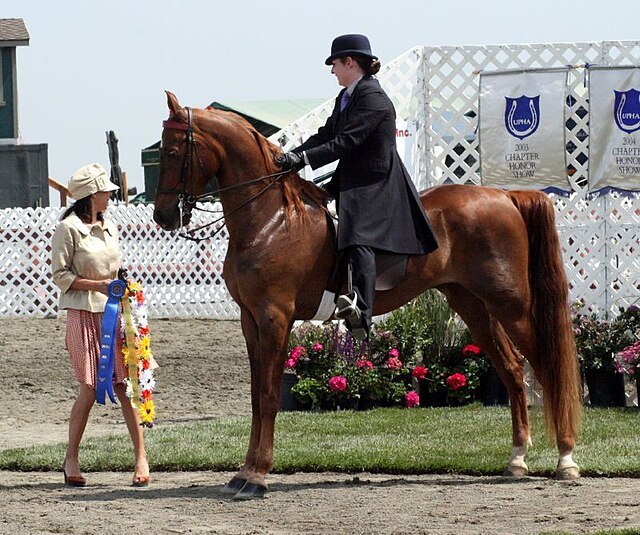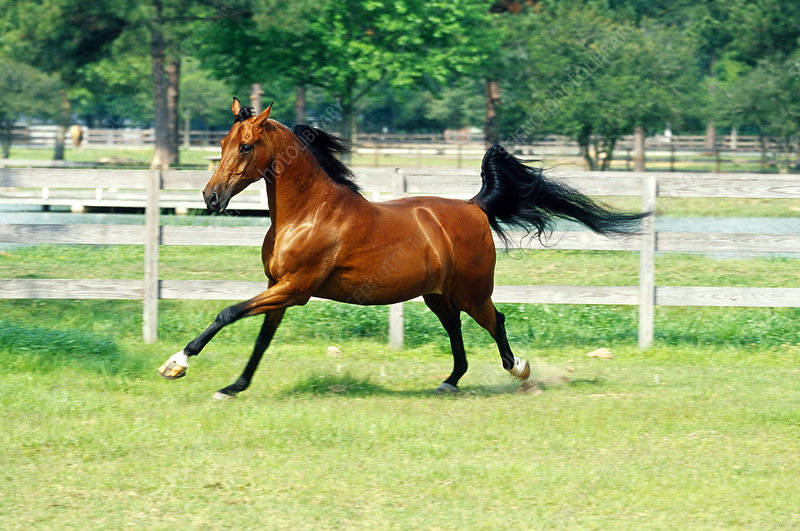Ever heard of the Saddlebred Arabian Cross? If you haven’t, you’re in for a treat. This hybrid is a gorgeous blend of grace and strength, combining two of the most admired breeds in the equine world—the American Saddlebred and the Arabian horse. Whether you’re an avid rider, a trainer, or just a horse lover, understanding the traits of this crossbreed can offer some serious insight into what makes it such a spectacular animal.
The Origins of the Saddlebred Arabian Cross

To understand the cross, we need to look at its roots. The American Saddlebred is known for its showy presence and smooth, high-stepping gaits. Originally bred in the U.S. for plantation owners who wanted a stylish yet practical ride, the Saddlebred quickly found fame in the show ring.
On the other side, the Arabian horse has a legendary legacy that stretches back thousands of years. Bred by Bedouins in harsh desert climates, Arabians are known for their stamina, intelligence, and exotic beauty.
So, why cross the two? Simple: To get the best of both worlds. The Saddlebred’s flair, paired with the Arabian’s elegance and spirit, creates a horse that turns heads while delivering outstanding performance.
Physical Characteristics

A Saddlebred Arabian Cross is usually a stunner—no doubt about it.
- Size and Build: Most stand between 15 and 16.2 hands. They have a refined, athletic build, often more muscled than a pure Arabian but more delicate than a full Saddlebred.
- Coat Colors: Expect a wide range of colors including bay, chestnut, grey, black, and palomino.
- Facial Features: These horses often inherit the dished face and large expressive eyes of the Arabian, blended with the elongated neck and elegant head carriage of the Saddlebred.
Temperament and Personality

This crossbreed is generally friendly, curious, and people-oriented.
- Intelligence: Thanks to the Arabian side, they’re quick learners.
- Sensitivity: They’re emotionally aware and bond closely with their handlers.
- Trainability: With consistent handling, they are eager and responsive.
- Rider Level: Great for intermediate riders but calm individuals may suit beginners under supervision.
Gait and Movement
One of the highlights of this hybrid is how beautifully it moves.
- Saddlebred Influence: Known for their five-gaited capability, Saddlebreds add flair to the cross.
- Arabian Elegance: Arabians bring forward impulsion and floaty strides.
- Result: A fluid, smooth gait that’s both comfortable and captivating to watch.
Performance and Disciplines

The Saddlebred Arabian Cross isn’t just a pretty face; it’s a performer.
- Saddleseat: Their showy movement fits this style perfectly.
- Endurance Riding: Thanks to the Arabian’s stamina, they excel in long-distance rides.
- Other Disciplines: Dressage, hunter classes, trail riding—you name it, they can do it.
Health and Lifespan

- Average Lifespan: Between 25 and 30 years with proper care.
- Health Concerns: Like most horses, they can suffer from colic, laminitis, or respiratory issues.
- Proactive Care: Regular vet visits, balanced diet, and consistent exercise are key.
Grooming and Maintenance
Keeping a Saddlebred Arabian Cross looking and feeling good is a full-time commitment.
- Coat Care: Regular grooming helps with skin health and bonding.
- Hoof Maintenance: Every 6–8 weeks by a qualified farrier.
- Feeding Tips: High-quality forage, clean water, and supplements as needed.
Breeding Considerations
- Ideal Pairing: Both parents should be healthy, with complementary conformation and temperament.
- Registries: Many Half-Arabian registries will accept this cross.
- Challenges: Breeding horses with different conformational types requires knowledge and careful planning.
Popularity and Demand
This crossbreed is gaining traction, especially among competitive riders.
- Who Buys Them?: Trainers, competitive riders, and even families.
- Price Range: Typically between $3,500 to $15,000+ depending on training and lineage.
- Trends: As hybrid vigor becomes more appreciated, this cross is on the rise.
Half Arabian Half Saddlebred Horse: What Makes It Special?
A true “half and half” carries the best traits of both breeds.
- Recognition: Often eligible for Half-Arabian shows.
- Benefits: Enhanced stamina, beauty, and versatility.
- Difference From Purebreds: More adaptable, often with a calmer demeanor than full Saddlebreds.
Arabian Saddlebred in Competitions

- Disciplines: Common in saddleseat, dressage, and endurance events.
- Winning Traits: Eye-catching style, smooth gaits, and an eager attitude.
- Notable Examples: Some have gone on to win regional and national championships in Arabian shows.
Training Techniques
- Groundwork First: Establish trust before saddle work.
- Blended Approach: Use Saddlebred methods for posture and Arabian methods for responsiveness.
- Tips: Stay patient, reward often, and be consistent.
Children and Family Suitability

Many Saddlebred Arabians make great family horses.
- Temperament: Usually gentle and willing.
- Bonding: They often form deep emotional connections with kids.
- Around Pets: Generally calm, but proper introductions are always wise.
Cost of Ownership
Owning a horse isn’t cheap, and this one’s no different.
- Purchase Price: $3,500–$15,000+
- Monthly Costs: Feed, board, farrier, vet—expect $500–$1,000/month.
- Hidden Costs: Emergency vet bills, tack upgrades, training fees.
Conclusion
The Saddlebred Arabian Cross is more than just a mix—it’s a masterpiece. From their striking looks to their versatile performance and loyal nature, these horses truly represent the best of both worlds. Whether you’re looking for a competition partner, a trail buddy, or a horse that can do a bit of everything, this crossbreed might just be your perfect match.
FAQs
Q1: What is the difference between an Arabian Saddlebred and a Half Arabian Half Saddlebred?
A: The terms are often used interchangeably, but technically, “Half Arabian Half Saddlebred” emphasizes an equal genetic mix, while “Arabian Saddlebred” might refer more broadly to the cross.
Q2: Are Arabian Saddlebreds good for beginners?
A: Many are gentle and trainable, but due to their spirit and sensitivity, they’re best suited for riders with some experience or those working with a trainer.
Q3: How tall is a Saddlebred Arabian Cross?
A: Typically between 15 and 16.2 hands high.
Q4: What are common uses for this crossbreed?
A: They’re popular in saddleseat, dressage, endurance riding, trail, and even family companions.
Q5: Are Saddlebred Arabian crosses recognized by any breed registry?
A: Yes, they can often be registered with Half-Arabian registries and sometimes Saddlebred sporthorse registries depending on parentage.







